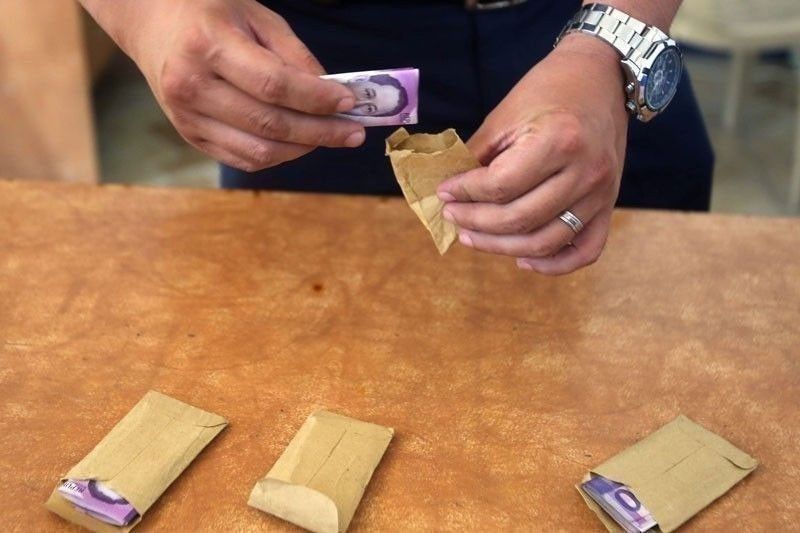The Commission on Elections (Comelec) assured the public that overseas absentee votes remain secure following concerns raised by a Filipino voter in Singapore who claimed that the QR code used in online verification did not reflect his chosen candidates.
Jefferson Salazar Bonoan took to Facebook to express frustration over the result shown after scanning the code on the Comelec portal, which he said listed unfamiliar names instead of those he voted for. “How can you show us OFWs that our votes were cast correctly? Unlike past elections, we can see receipts after the ballots were inserted in PCOS machines,” Bonoan wrote, adding, “We OFWs have the right to know, and we are not blind of what’s going on to our beloved country.”
In response, Comelec Chairperson George Garcia clarified that the system intentionally does not show candidate names for a critical reason: to prevent vote buying.
“Hindi po pwede maipakita ang names ng binoto dahil magagamit sa vote buying,” Garcia said.
He added that accuracy and integrity will be verified through an independent audit. “So paano po ma-check kung yung lumabas sa machine o pumasok sa voting system ay yun talaga ang nilagay ng botante? Yan po ang gagawing later sa random manual audit ng Parish Pastoral Council for Responsible Voting (PPCRV) at National Citizens’ Movement for Free Elections (NAMFREL),” he explained.
The overseas voting period for the 2025 midterm elections started on April 13 and will continue until May 12. Filipinos abroad can vote for 12 senators and one party-list group. Of the 93 Philippine foreign posts, 77 are utilizing online voting through Comelec’s Online Voting and Counting System (OVCS), which enables ballots to be cast via mobile phones, tablets, or computers.
There are 1.24 million registered overseas Filipino voters participating in this year’s elections.






